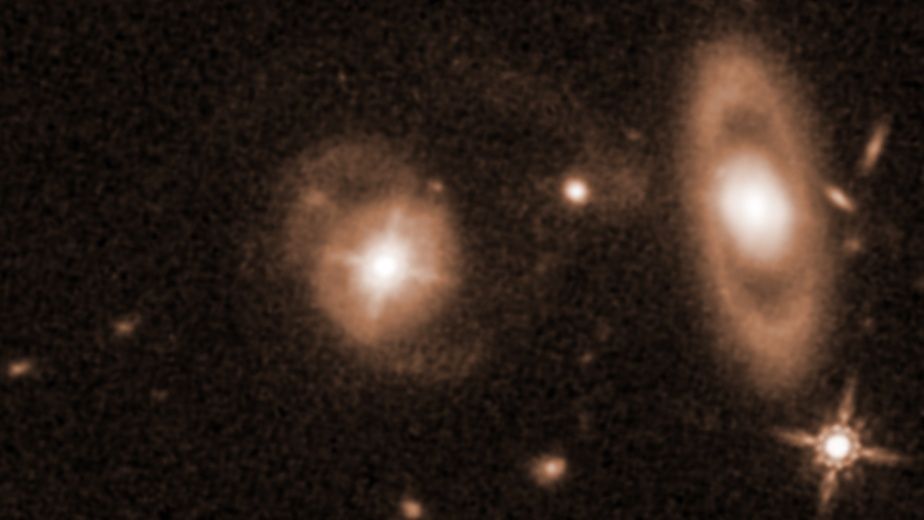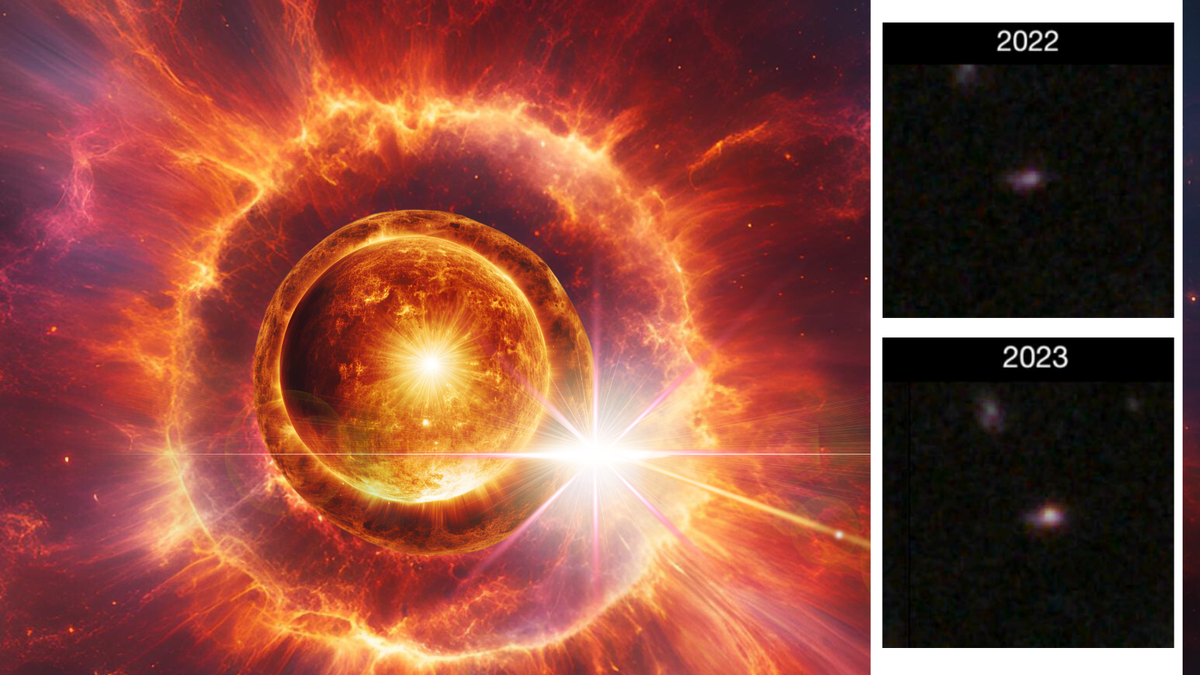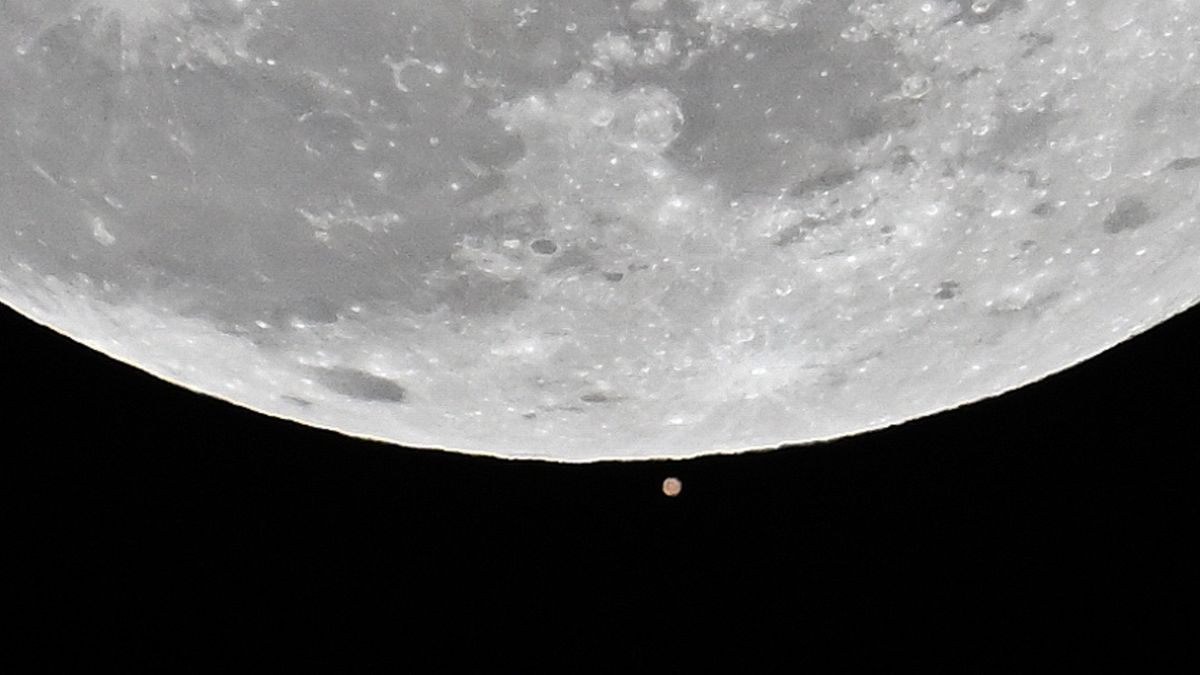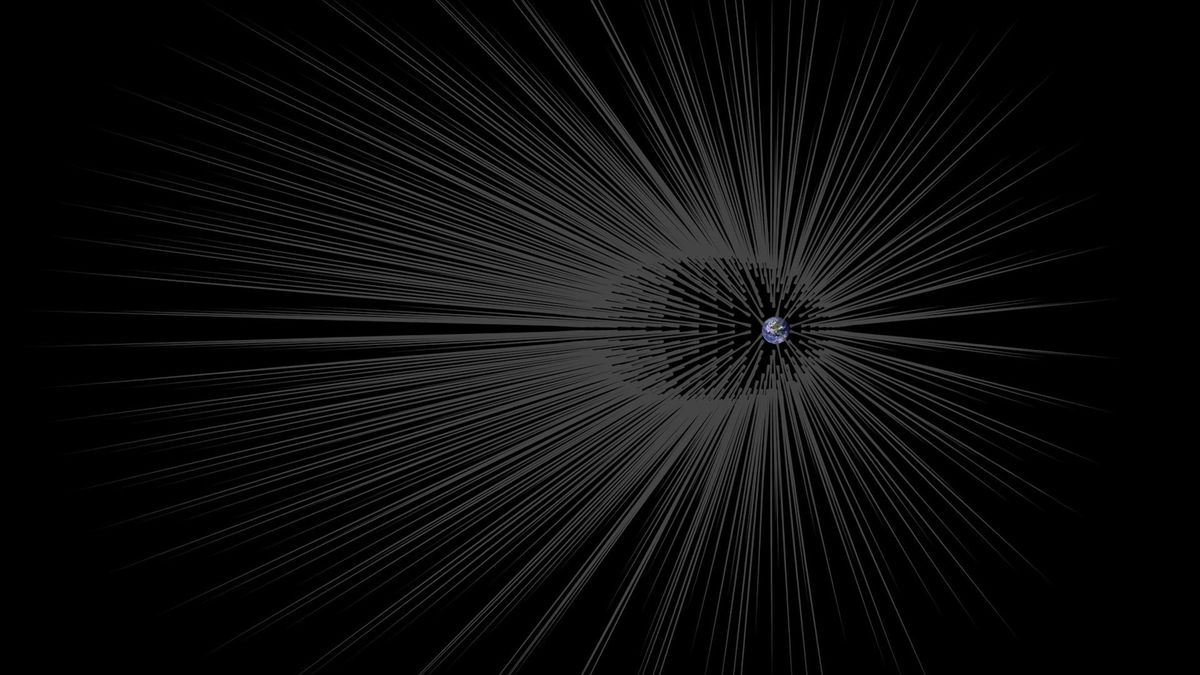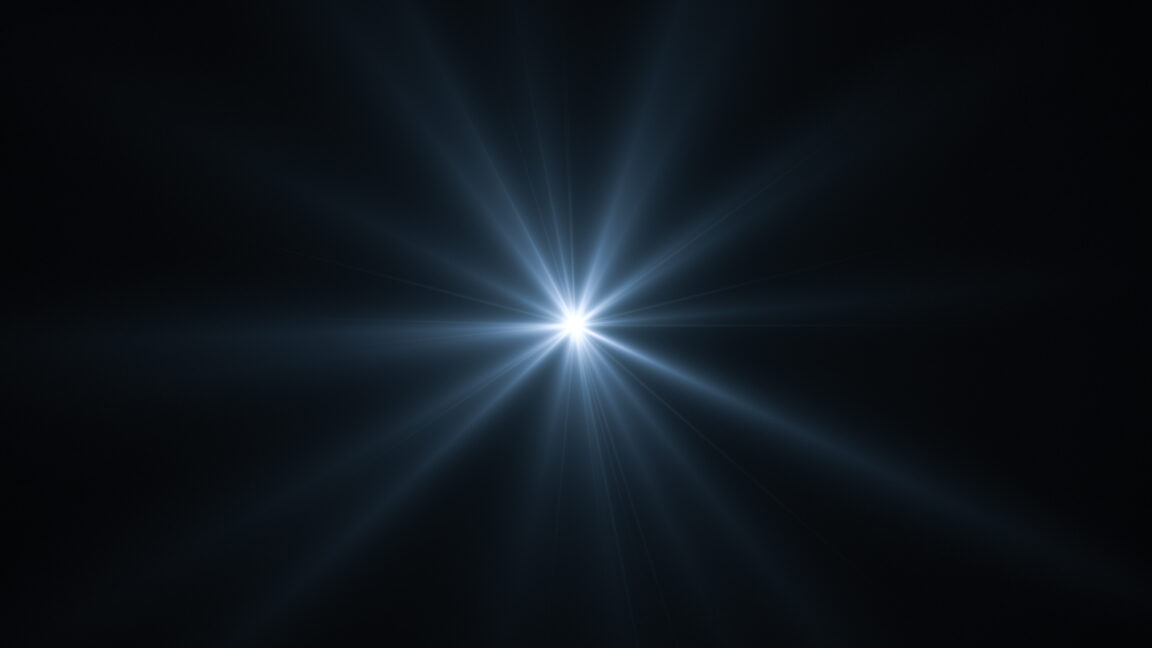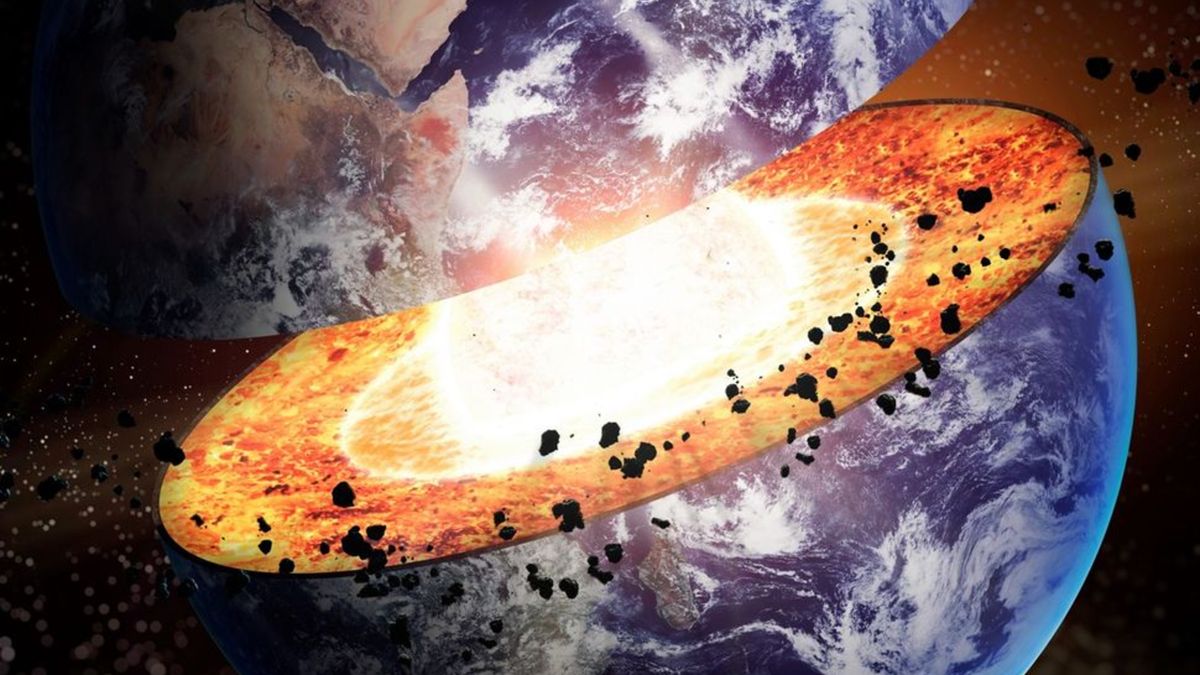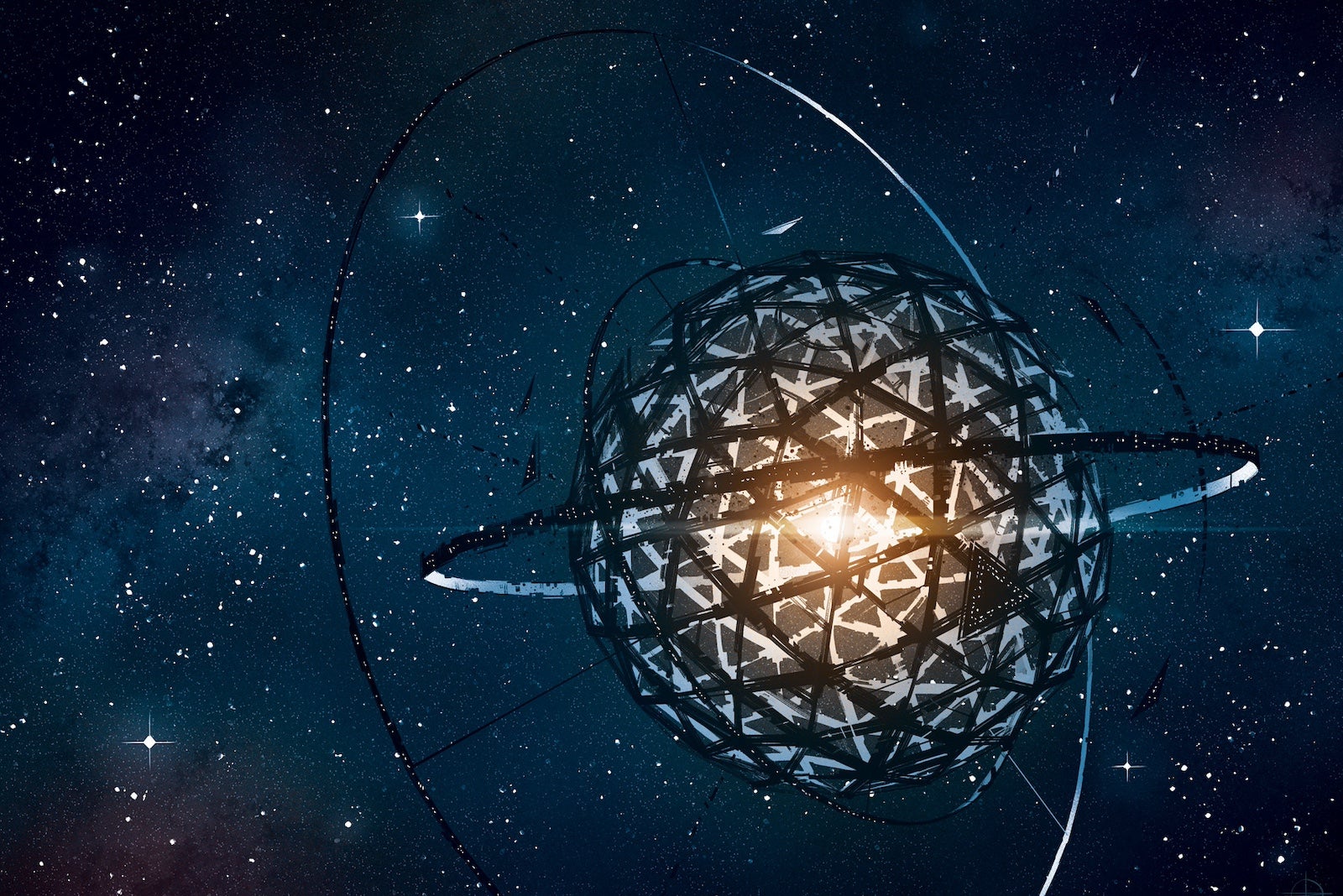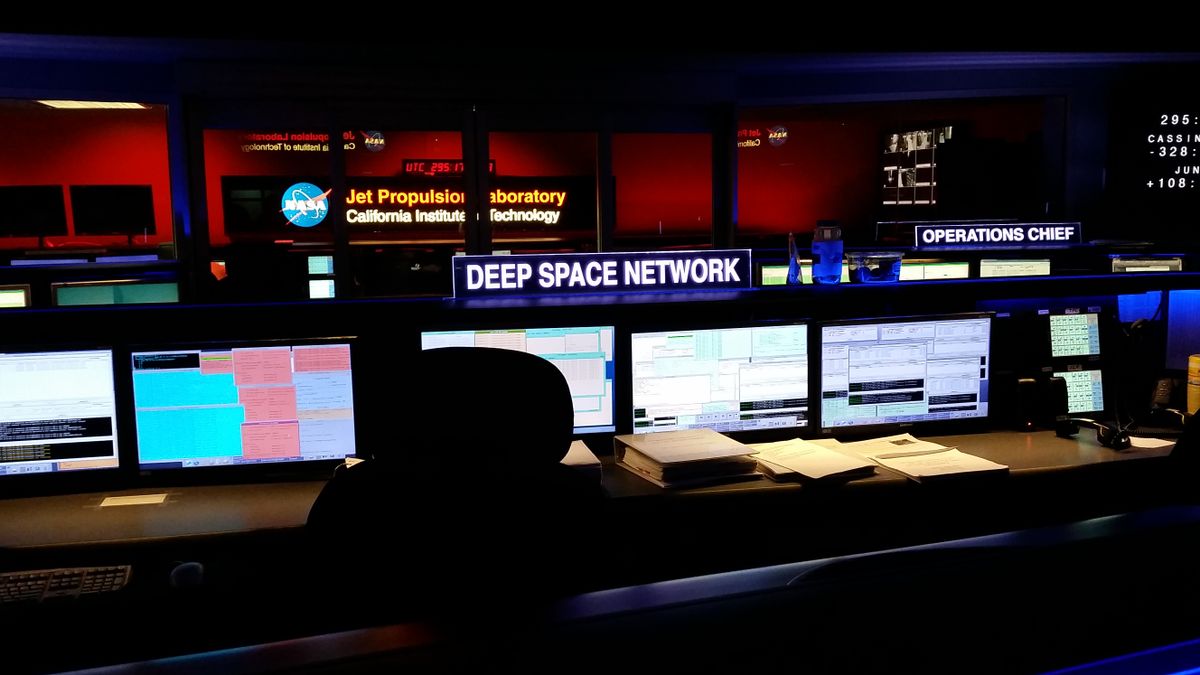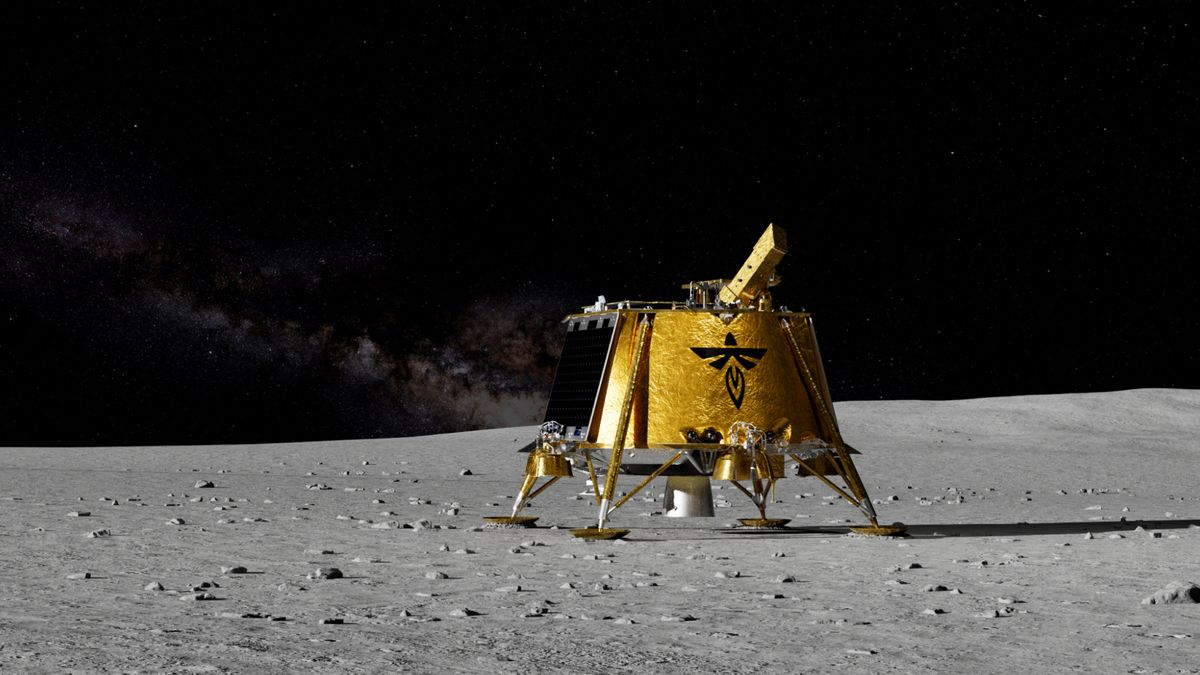Many supermassive black holes are hidden by gas and dust
NASA telescopes reveal 35% of supermassive black holes are hidden by dust, reshaping theories about their role in galaxy growth.
Earth.com (www.earth.com)
• Published 30 hours ago
(trending 2 hours ago)
Mysterious spiral galaxy jet puzzles astronomers: 'At first, I thought I completely messed up'
"Clearly there is something interesting going on."
Space.com (www.space.com)
• Published 30 hours ago
(trending 2 hours ago)
James Webb Space Telescope discovers one of the earliest 'truly gargantuan' supernovas ever seen
"The high explosion energy of AT 2023adsv could indicate that the properties of supernova explosions might have been different in the early universe."
Space.com (www.space.com)
• Published 29 hours ago
(trending 2 hours ago)
Mars hides behind the Full Wolf Moon in gorgeous photos from around the world
The Red Planet adorably peeks out in these stunning views of the Full Wolf Moon.
Space.com (www.space.com)
• Published 29 hours ago
(trending 2 hours ago)
Milky Way’s Black Hole Just Lit Up in a Way We’ve Never Seen Before
Astronomers have never detected mid-infrared flares from our galaxy's supermassive black hole—until now.
Gizmodo.com (gizmodo.com)
• Published 28 hours ago
(trending 2 hours ago)
Selectively Magnetizing An Anti-Ferromagnet With Terahertz Laser
It’s a well-known fact that anti-ferromagnetic materials are called that way because they cannot be magnetized, not even in the presence of a very strong external magnetic field. The randomiz…
Hackaday (hackaday.com)
• Published 43 hours ago
(trending 4 hours ago)
Fishy fossil: 72-million-year-old sea monster species could be fake, says study
A fossil once hailed as evidence of a unique mosasaur species, Xenodens calminechari, may be a forgery, a new study claims.
Interesting Engineering (interestingengineering.com)
• Published 41 hours ago
(trending 4 hours ago)
The next leg of the new moon race is about to kick off — and it could be the most exciting yet
In recent years, several spacecraft failed in their attempts to land on the moon. But 2025 may offer crucial second chances.
CNN (www.cnn.com)
• Published 41 hours ago
(trending 4 hours ago)
Cosmic first: supermassive black hole caught "turning on" in real-time
Seven years ago, an outburst in a distant galaxy brightened and faded away. Afterward, a new supermassive black hole jet emerged, but how?
Big Think (bigthink.com)
• Published 39 hours ago
(trending 4 hours ago)
In Photos: Mars Devoured By ‘Wolf Moon’ In Stunning Sight For U.S. Sky-Watchers
January’s full moon, the “Wolf Moon,” rose alongside Mars at its brightest, occulting it for a short period as seen from North America. Here are the best images.
Forbes (www.forbes.com)
• Published 39 hours ago
(trending 4 hours ago)
NASA astronaut snaps photo of 'totally amazing' comet from space station
Comet ATLAS might not return for another 160,000 years.
Mashable (mashable.com)
• Published 36 hours ago
(trending 4 hours ago)
Stanford scientist discovers that AI has developed an uncanny human-like ability
AI models, like ChatGPT-4, can simulate human-like reasoning by solving theory of mind tasks. This breakthrough suggests AI’s potential for advanced social interactions but raises ethical concerns about trust and misuse.
PsyPost (www.psypost.org)
• Published 35 hours ago
(trending 4 hours ago)
Something invisible and 'fuzzy' may lurk at the Milky Way's center, new research suggests
The cores of galaxies may not be made of what we thought, new research suggests — they could hold one giant, invisible star made of mysterious "fuzzy" matter.
Live Science (www.livescience.com)
• Published 34 hours ago
(trending 4 hours ago)
Not just heat death: Here are five ways the Universe could end
Heat death, big rip, big crunch? Here are five ways the universe could come to an end.
Ars Technica (arstechnica.com)
• Published 34 hours ago
(trending 4 hours ago)
Scientists discover 'sunken worlds' hidden deep within Earth's mantle that shouldn't be there
A new way of measuring structures deep inside Earth has highlighted numerous previously unknown blobs within our planet's mantle. These anomalies are surprisingly similar to sunken chunks of Earth's crust but appear in seemingly impossible places.
Live Science (www.livescience.com)
• Published 34 hours ago
(trending 4 hours ago)
Scientists identify several stars possibly wrapped by Dyson Spheres
Scientists analyzed optical and infrared data from various satellites to identify potential Dyson Spheres and their technosignatures.
Thebrighterside.news (www.thebrighterside.news)
• Published 33 hours ago
(trending 4 hours ago)
Los Angeles fires leave NASA's Deep Space Network mission control empty for 1st time in 60 years
Despite the evacuation of its Jet Propulsion Lab in Pasadena, no space mission data has been lost, NASA says.
Space.com (www.space.com)
• Published 6 days ago
Blue Ghost moon lander will help NASA see Earth's magnetic field 'breathing' for 1st time
"We expect to see the magnetosphere breathing out and breathing in."
Space.com (www.space.com)
• Published 6 days ago
Quantum engineers create a 'Schrödinger's cat' inside a silicon chip
UNSW engineers have demonstrated a well-known quantum thought experiment in the real world. Their findings deliver a new and more robust way to perform quantum computations—and they have important implications for error correction, one of the biggest obstacle…
Phys.Org (phys.org)
• Published 6 days ago
Hubble’s Breathtaking View of Orion Nebula Unveils Baby Stars in Action - The Daily Galaxy --Great Discoveries Channel
The Hubble Space Telescope has delivered a breathtaking new image of the Orion Nebula, a stellar nursery located 1,300 light-years from Earth. This vibrant region, home to the protostars HOPS 150 and HOPS 153, offers a rare glimpse into the earliest stages of…
The Daily Galaxy --Great Discoveries Channel (dailygalaxy.com)
• Published 6 days ago

